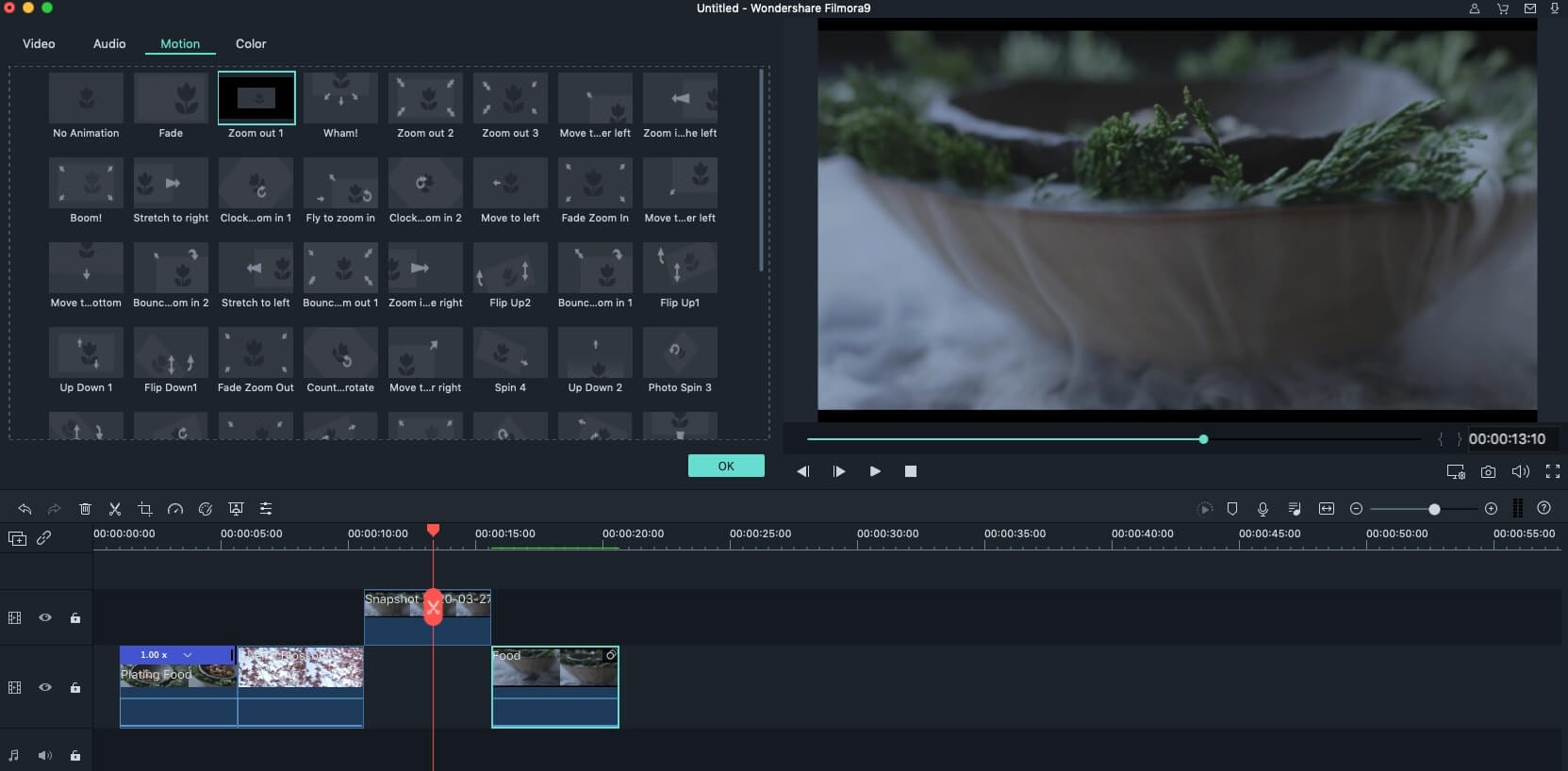

> Guam, a dinky little speck of land the size of DC in the middle of the blankin' Pacific Ocean

The rest? They're in the same boat as everyone in the sticks. At least with places like Hawaii and Guam they have the excuse of military presence to justify government outlaw for undersea communications cables. Undersea cables are a major undertaking in themselves. The power plant was local using shipped-in bunker fuel and the water was either shipped in, collected from the rain, or desalinated (using more power). A blanket approach is easier to spread the costs to all the communities (not to mention the ships and airplanes, which you did not address and are impossible to wire up because they move).Īnd look, I lived on an island once: Guam, a dinky little speck of land the size of DC in the middle of the blankin' Pacific Ocean, where the nearest major city is a several-hour flight away (and isn't in the US). Running cabling to each individual community for little return (not enough customers) adds up, thus the sticks stay in the dark. Laying some fibers, yes, but laying enough to connect all of them at once? That's the key with the satellites: it's a "blanket" approach able to cover all those rural and isolated communities in one shot. That's a city-killer in anyone's terms - from a rock less than half the size of a football field. The Barringer Crater (Meteor Crater) impactor was only 30-50m across or thereabouts and left a crater over a mile wide with a death-zone in a contemporary environment at least 10 miles wide and severe damage out to 50-100 miles. Hopefully Starship means KH11 size instruments can be dedicated to the task in the medium term - we may well have catalogged everything large but Chelyabinsk was a timely reminder that there's plenty of 10-100metre size stuff we havn't got a bead on which could be highly problematic if it happens to blow up over a populated area.

The best observation points to spot potentially dangerous earth-crossing asteroids are the Trojan points, not on Earth at all. James Webb spent so long in development because of the huge launch cost and limited fairing development but it would be cheaper/faster to start over and reengineer for Starship + ion tugs to/from L5 than to launch the complex origami and continue the sunk cost fallacy With cheaper cost to orbit and larger payload capacity some of the problems start being easier anyway. Reflecting sunlight away from the ground is the best way to deal with the problem as it doesn't heat your object up like painting them black does.


 0 kommentar(er)
0 kommentar(er)
